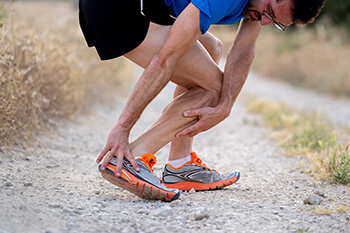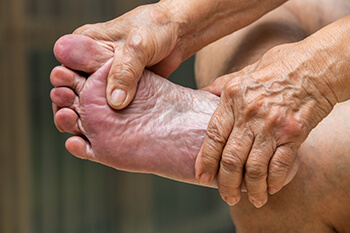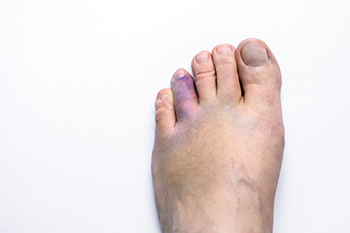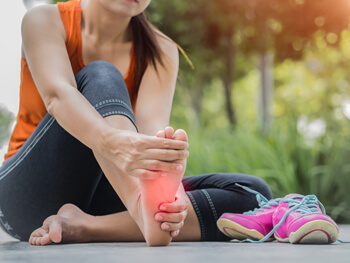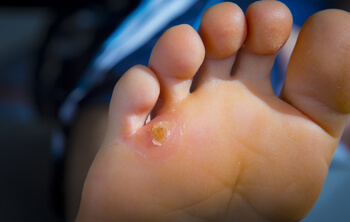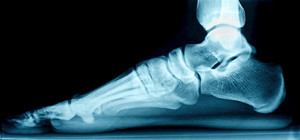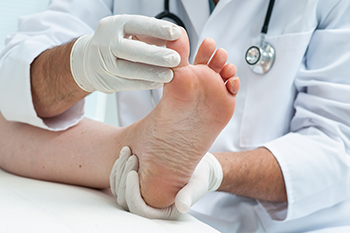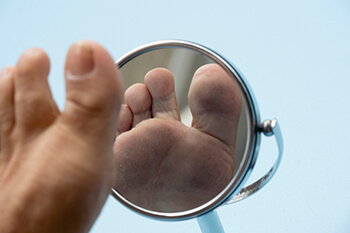
Wound care in the elderly, particularly when it comes to foot care, demands special considerations. Foot care education and routine foot care are widely emphasized to prevent foot ulceration in diabetes. However, elderly people face unique challenges that can affect their ability to maintain proper foot health. Factors such as poor vision, arthritic complications, diminished manual dexterity, and memory loss can hinder their capacity to prevent or treat foot lesions effectively. Studies have shown that a significant percentage of elderly individuals with diabetes struggle with basic foot care tasks. This underscores the need for tailored wound care strategies for this population. Furthermore, elderly patients with diabetes often contend with ocular complications, including diabetic retinopathy, cataracts, and glaucoma, which can impair their ability to care for their feet. If you are diabetic and elderly, or taking care of a person in this population, it is strongly suggested that you schedule regular appointments with a podiatrist for routine examinations, regular foot care, and treatment of foot wounds, should they arise.
Wound care is an important part in dealing with diabetes. If you have diabetes and a foot wound or would like more information about wound care for diabetics, consult with Scott Samera, DPM from Samera / Foot + Ankle. Our doctor will assess your condition and provide you with quality foot and ankle treatment.
What Is Wound Care?
Wound care is the practice of taking proper care of a wound. This can range from the smallest to the largest of wounds. While everyone can benefit from proper wound care, it is much more important for diabetics. Diabetics often suffer from poor blood circulation which causes wounds to heal much slower than they would in a non-diabetic.
What Is the Importance of Wound Care?
While it may not seem apparent with small ulcers on the foot, for diabetics, any size ulcer can become infected. Diabetics often also suffer from neuropathy, or nerve loss. This means they might not even feel when they have an ulcer on their foot. If the wound becomes severely infected, amputation may be necessary. Therefore, it is of the upmost importance to properly care for any and all foot wounds.
How to Care for Wounds
The best way to care for foot wounds is to prevent them. For diabetics, this means daily inspections of the feet for any signs of abnormalities or ulcers. It is also recommended to see a podiatrist several times a year for a foot inspection. If you do have an ulcer, run the wound under water to clear dirt from the wound; then apply antibiotic ointment to the wound and cover with a bandage. Bandages should be changed daily and keeping pressure off the wound is smart. It is advised to see a podiatrist, who can keep an eye on it.
If you have any questions, please feel free to contact our office located in Lake City and Branford, FL . We offer the newest diagnostic and treatment technologies for all your foot care needs.

